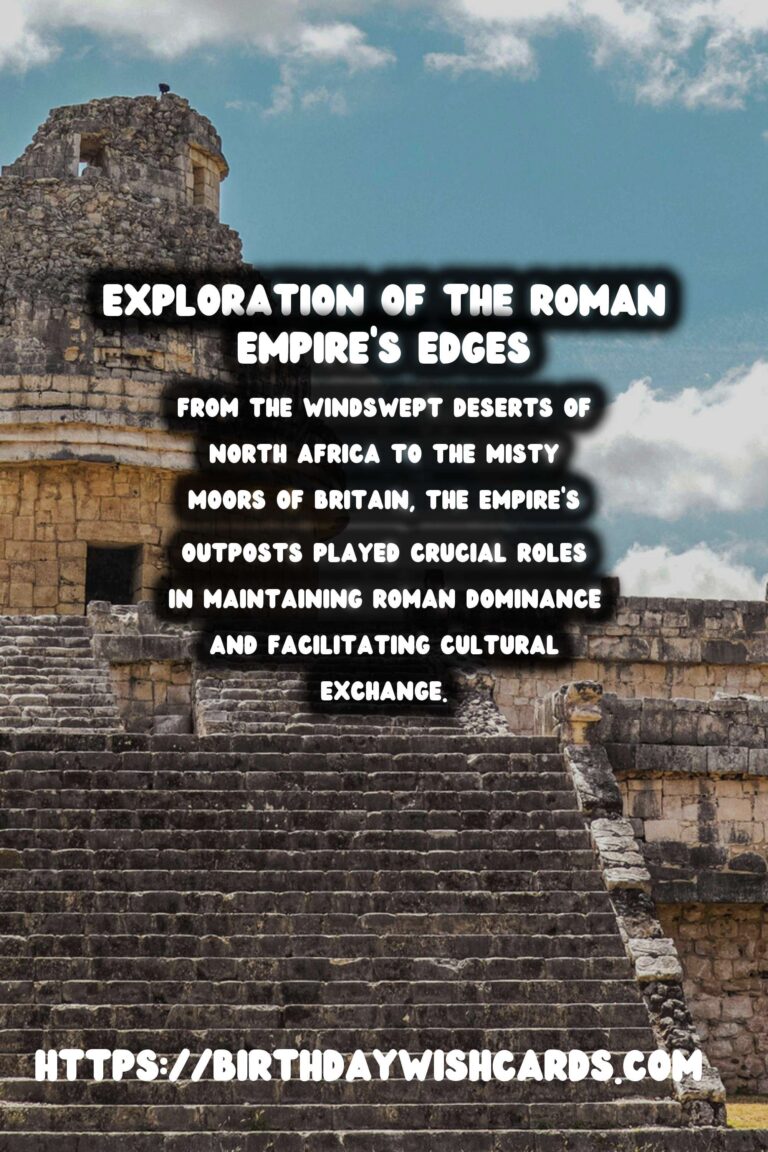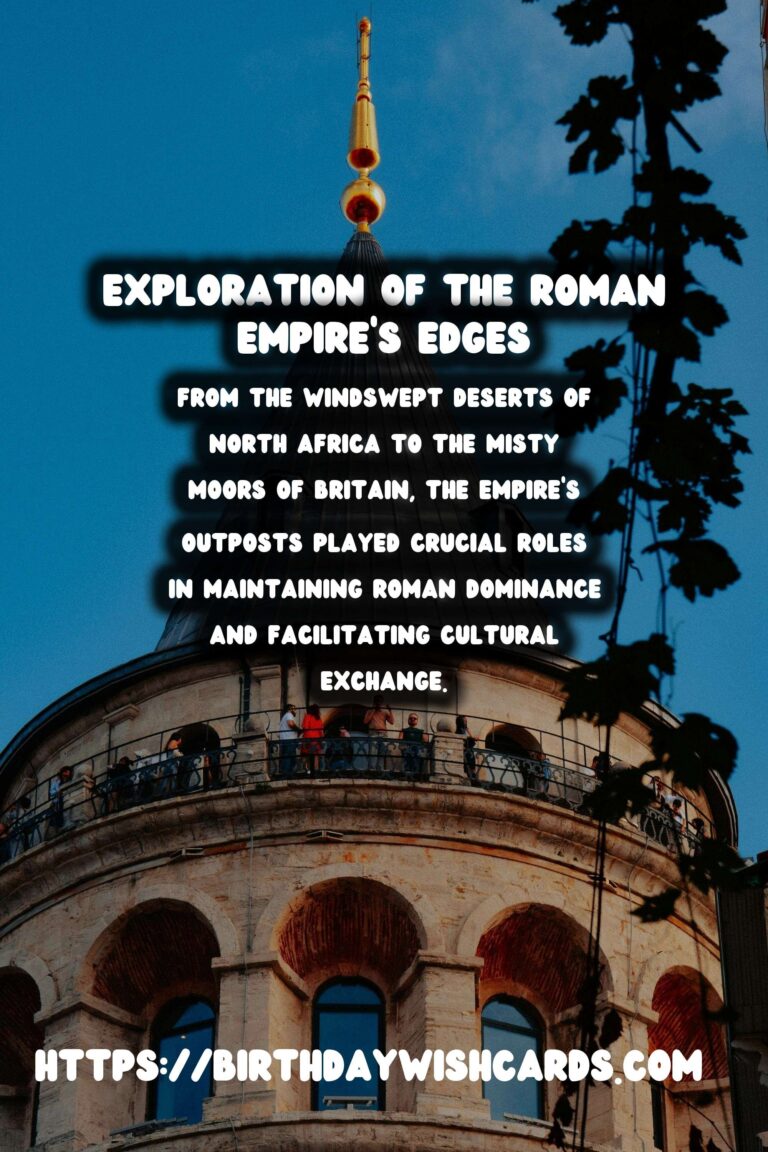
The Roman Empire is often celebrated for its remarkable achievements within the confines of Italy, yet its influence stretched far beyond these borders. From the windswept deserts of North Africa to the misty moors of Britain, the Empire’s outposts played crucial roles in maintaining Roman dominance and facilitating cultural exchange.
The Northern Frontier: Britannia
The Roman conquest of Britain, initiated under Emperor Claudius in AD 43, marked a significant expansion of the Roman Empire. The establishment of Britannia as a Roman province transformed the local landscape culturally and economically. This northern outpost was key in maintaining the security of the Empire’s borders against the fierce tribes of Caledonia, present-day Scotland.
Roman influence is still evident in Britain’s architecture and urban planning, with towns such as Londinium (modern-day London) and Eboracum (modern-day York) showcasing classic Roman structures. The remnants of Hadrian’s Wall stand as a testament to Rome’s efforts to consolidate control and protect its territory from northern invaders.
African Horizons: North African Outposts
Stretching from the rugged Atlas Mountains to the sweeping Sahara, Roman North Africa was a vibrant tapestry of cultural and commercial exchange. Cities like Carthage and Leptis Magna were not only critical military stations but also hubs of trade and agriculture. These outposts were instrumental in supplying Rome with grain, olive oil, and other resources essential for sustaining the sprawling empire.
The legacy of the Romans is etched into the very landscape, with amphitheatres, intricate mosaics, and majestic temples that continue to draw the awe of historians and tourists alike.
The Eastern Edge: Asia Minor
Asia Minor, or modern-day Turkey, was another vital outpost of the Roman Empire. Its strategic location served as a bridge between East and West, facilitating the flow of goods and ideas. Cities such as Ephesus and Pergamon flourished under Roman rule, becoming centers of politics, commerce, and culture.
These cities boasted impressive infrastructures, from grand libraries and theaters to aqueducts and public baths, reflecting the Romans’ advanced approach to urban planning and engineering.
Knowledge and Innovation: The Legacy of Roman Outposts
Throughout its outposts, the Roman Empire bestowed its legacy of law, language, and architecture. The integration of local communities into the Roman way of life, known as ‘Romanization,’ left an indelible mark on these regions. The roads built to connect these far-flung territories not only facilitated military movements but also allowed for the spread of knowledge and cultural ideas.
In many ways, the Roman outposts were microcosms of the Empire itself, blending the novel with the traditional and ensuring Rome’s influence would endure long after the Empire’s fall.
Conclusion: Beyond Borders
The exploration of Rome’s outposts beyond Italy offers a broader understanding of the Empire’s vast reach and its ability to adapt and thrive in diverse environments. Today, the ruins and relics of these ancient sites serve as a reminder of the enduring legacy of the Roman Empire and its capacity to shape the world across continents and ages.
The Roman Empire is often celebrated for its remarkable achievements within the confines of Italy, yet its influence stretched far beyond these borders. From the windswept deserts of North Africa to the misty moors of Britain, the Empire’s outposts played crucial roles in maintaining Roman dominance and facilitating cultural exchange.
#RomanEmpire #History

